- Folio No. 9
- About
- Feral Parrot : The Blog
- INTERVIEWS
- SUBMISSIONS
-
ISSUE ARCHIVE
- PRINT Chapbook No.6 Healing Arts
- Online Issue No.9
- Online Issue No.1 Fall 2016
- Online Issue No.2 Spring 2017
- ONLINE Issue No.3 Fall 2017
- PRINT Vol 72 No 2 Fall 2017
- PRINT Vol 73 No.1 Fall 2018
- ONLINE Issue No. 4 Fall 2018
- Online Issue No.5 Summer 2018
- FOLIO No.1 Fall 2018 VOTE
- ONLINE Issue No.6 Fall 2018 Fall Spirituality
- FOLIO 2 Fall 2019 Celebrating Dia De Los Muertos
- FOLIO No.3 -- Moon Moon Spring 2019
- FOLIO No.4 Celebrating New PCC Writers
- FOLIO No.5 City of Redemption
- FOLIO No.6 Spring 2020
- FOLIO No. 7 - Winter 2021 Into the Forest
- 2022 Handley Awards
- Inscape Alumni Board
- PRINT Chapbook No. 7 Healing Arts
- Blog
- Untitled
 Marisol, Self Portrait, 2017 Image: Veronica Rodriguez Marisol, Self Portrait, 2017 Image: Veronica Rodriguez by Daniela Flores-Rodriguez The Hammer Museum is currently hosting Radical Women: Latin American Art, 1960- 1985, until December 31st, 2017. The exhibit brings a spotlight over artistic practices of Latin American women, and US-born Latina and Chicana artists working during a crucial period in the history of Latin American feminism. One-hundred twenty artists from fifteen countries are represented in the exhibition, spanning the mediums of photography, video, and other experimental hybrid forms. Radical Women reveals the political and sociocultural views of Latin American women that were overlooked during this key time period. The exhibit inspires many new perspectives, using approaches from the whimsical to heart-wrenching to affect its audience. Due to controversial views pertaining to gender in their time, many of these artists were limited in their ability to exhibit their work in their own countries, and consequently by a perceived lack of popular audience in countries abroad. As such, this presentation of the work gives a collectively stronger voice to the artists and the issues Latin American women have struggled past and continue to fight through today. The series explores several themes of the oppression of women and their desperation to gain both political and social rights. It features artists such as Lygia Clark, Ana Mendieta, Marta Minujín, Cuban-born abstract artist Zilia Sánchez, the Colombian sculptor Feliza Bursztyn, and the Brazilian video artist Leticia Parente. The work of these artists boldly emphasize the lack of basic human rights, such as suffrage and reproductive, that were fought for during this key time period. The exhibit effectively echoes the resounding cries of revolution against female oppression by expertly framing the struggles of women in this historical context with relation to the relevant struggles of today. The pieces serve as artistic proof that the feminist voice, no matter the origin, will not be silenced in the face of societal pressures. I found every piece fascinating and inspirational in its own way. Radical Women focuses on the perspectives of Latin American women such as Marisol, who created one of my favorite pieces of the series: Self Portrait. The piece demonstrates the artist’s view of herself and how she fit into her own culture and society. It depicts how she viewed her own physical traits as separate parts, and contrastly considers how each “piece” of her was viewed by society. The piece is made of wood representing fragments of the artist's physical appearance in several faces, and uses a darkly satirical form of electric pop to highlight how women are viewed by consumer society. The piece also serves as an effective example of ironic social commentary, as “Self-Portrait” juxtaposes Marisol's personal views with her own specific societal views, thus providing an effective comparison with all women of that generation. 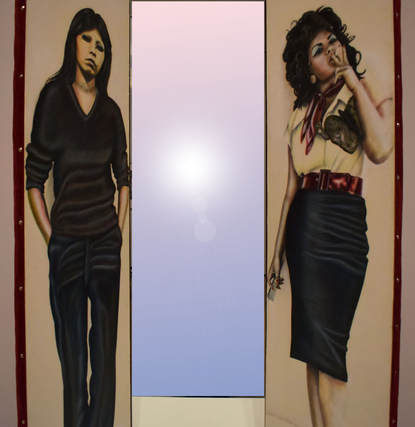 Judith F. Baca, Las Tres Marías (The Three Marias), 2017 Image: Veronica Rodriguez Judith F. Baca, Las Tres Marías (The Three Marias), 2017 Image: Veronica Rodriguez Regina Vater, Brazilian artist, photographed herself in a dozen cliché roles: mom, vamp, school girl, librarian, etc. In these perspectives, she dissembles the limitations of social stereotypes and transforms the sitter by the use of a multifaceted character presentation. The piece manages to temporarily remove the stereotypes often placed on women by entrenching the viewer in gender and political issues of the women’s rights movement and offering a "new" perspective - that Latin-American women are more than the obedient wife stuck in the kitchen, or solely destined to an eternity of looking after their children. As a Latina myself, I experienced this exhibit through the eyes of the culture that shaped me from childhood to the woman I am today. The historical portrayal of the pieces in Radical Women gave shape and spoke to me about everything Latin feminism represents, and how the platform has given my voice strength today. This fight behind the Latina/ feminist movement empowers me to refuse giving up on what matters most. It serves as a reminder to exercise my independence, and not make concessions with who I am. Through seven chapters, Radical Women is an awe-inspiring journey of Latin American women and keenly portrays the difference between U.S. and Latin-American artists - the hesitation in embracing gendered situations. Check out the fascinating pieces in this series and you too will hear the strong, resounding voices of the artists that created them. The Hammer Museum’s Radical Women: Latin American Art, 1960- 1985 exhibit holds an invaluable piece of the history of feminism. I would also recommend attending the many events presented during the exhibit’s run. If nothing else, it will make you realize diverse works of art that form the very basis of a good starting point in any necessary feminist discussion, and how the revolutionary action of creating this art has helped to open up the views in our world today. All in all, this may be the show's most important element, as not all exhibits are as effective in achieving their overall purpose as I found this one. The exhibit is open until December 31st, 2017, Tuesday-Friday from 11 am to 8 pm, and Saturday & Sunday from 11 am to 5 pm.
1 Comment
by Frank Turrisi
I’m a big fan of films that do more than entertain. Just like in good writing, I love a film that can bring more awareness to human conditions that require deeper understanding. You know, awaken that greater sense of consciousness to a place where when I step out of the theater, I can feel more than just guilty for eating a large bucket of popcorn with extra butter, but where I can actually go back into the world with a richer connection to all life around me. So, when I heard about the Awareness Film Festival, one that bills themselves on all of the above and more (without judging you on your concessions of choice), I had to go Regal Cinemas at L.A. Live to catch the last four films in the closing-day line-up. The sold-out crowd that filled all of the seats in Theater 13 were not the makings of the typical Hollywood scene. Of course, it wouldn’t be a film festival in this town if you didn’t find some of your “above-the-line” types, but overwhelmingly, this audience felt more...“real”. Not your ones to overdress, put on the biggest smile you’ve ever seen and ask you “what do you do” within the first ten seconds of meeting you, only to instantly vanish when they realize slipping you their headshot or script won’t get them anywhere. No, not at all - this crowd was definitely more present than that. More relaxed. No offense to you Hollywood-types, but I would even go as far to say…trustworthy. Equipped with more emotional intelligence and less flashy wardrobes, these are your “salt of the earth” people. The kind of demographic that enjoys spending $15 on a Sunday afternoon to watch 3 short films; one about becoming a midwife to help instill new purpose in her own life after developing a disease that takes away her greatest pleasure, another about Binge-eating Disorder, and the last about learning not to blame yourself for a loved-one’s suicide, with all three shorts serving as prelude to a feature documentary about…stuttering? Let’s face it, you’re probably not going woo your average studio-exec by pitching any of these subjects. In this fest, there will be no over-reliance on sexy content that tries too hard to make some Paramount suit’s eyeballs look like dollar-signs spinning on an old-school Vegas slot machine. Ah, ah, aaaah…wake-up people! We’re here for awareness! You’re not going to sway this audience with the usual entertainment rhetoric. However, upon entrance, everyone is handed a ballot to vote in their favorite movie of the day, with the highest tally of points to determine the prestigious Audience Award. The ballot is a 1-4 rating system - lowest=worst, highest=best. Each of these films demonstrated their merits in the form of delivering the oft dreaded by pop-culture “important message”. All of the films screened also managed to champion their causes quite clearly. However, the true skill as a filmmaker comes through when you can tackle these delicate subjects and get that heartfelt response without being too heavy-handed or preachy. Bear this in mind, as I had to dock points from 3 of the four films on this basis alone. Only one of the films on my ballot was able to garner the perfect score of 4. So, I went ahead and cast my vote with all due respect to the passionate, inspiring filmmakers and say a little, silent good luck prayer for them all. I watch the volunteers collect the ballots, and though I feel very strongly about my choice, I remain curious to see how my views will shape up to that of this “real” audience. Well, wait no more. The results are in! We knew there would be no entertainment spin-doctors or slick-talking “creatives” to influence this audience. Conversely, and quite literally the opposite, the hearts and minds of this audience would instead go out to the real-life suffering, stammering subjects that make up the heartwarming feature documentary….wait for it! And…the Audience Award goes to (drumroll please)….When I Stutter. In case you’re wondering, When I Stutter also won my vote. I want to preface this by saying I’m not usually swayed by the popular opinion, and in fairness to all of the filmmakers, brought my most critical eye in assessing my vote. That being said, debut filmmaker John Gomez won me over with all sixty-seven minutes of his expert handling of subject matter in stuttering that could really fall flat on its face with the wrong auteur. I hate to even think it, but I could easily see how a heavy-handed or preachy tone with this material might form more fodder for a topic that is already the butt of too many mean jokes. However, Gomez manages to succeed by offering dignified portrayals of all of the movie’s diverse participants. We’re talking an interesting, and yes, I’ll use the word entertaining cast of characters, from your candid, punk teenager to your fifty-something rebel biker/construction worker. Throw a Caltech professor, a young mother of four, professional dancer, and the boisterous front man of a hard-rock band in the mix and you begin to scratch the surface of how the film uniquely depicts there is no discrimination when it comes to the lives stuttering affects. The film wins the audience over in a variety of ways. There are animated interludes with historical reference and scientific theories that analyze the phenomena of stuttering a la Disney educational flicks. There is the cinematic capture of several leading speech pathologists working in their field, and the stories of how their impassioned efforts are fueled by their own personal battles to overcome stuttering. There are several powerful scenes where you watch the most impeded subjects fighting for their life, and then hear these same people later open up to tell you the many not-so-obvious ways stuttering has devastated them. Throw in some good old-fashioned cinematography of L.A. locations, plenty of humor, and a twist at the end (SPOILER ALERT) where the eloquent narrator reveals he too had to overcome his stutter, and you will see how this film continues to rack up awards as it gains momentum on the festival circuit. What makes all of these efforts special, however, is the ability of Gomez to stick to a tight narration that seamlessly turns stuttering into the perfect vehicle to portray that obstacle standing in the way of dreams in all of our lives. The film takes you across themes of romance, social isolation, career aspirations, and how life is worth fighting for, as you watch hopes of self-expression become fulfilled, and become inspired by the notion that we can overcome just about anything we put our minds to. When I Stutter makes its painful subject matter approachable with Gomez pure portrayal of people from all walks of life engaging in their fight for self-respect. In the end, When I Stutter, is a story about the perseverance of the human spirit, and Gomez tells this story with incredible conviction and heart. When I Stutter definitely did more than entertain. It sheds light on a condition that affects more than 70 million people worldwide with a clarity and color we find in the most precious diamonds. Perhaps it is Gomez's professional work as a speech pathologist that allows him to tell this story with such impact, or perhaps he truly possesses a quality that warrants namesake of his company Keen Eye Productions. In any case, it is a damn good piece of filmmaking. If you know anyone that stutters, and we all do, this film is a must-see (especially for them). Maybe, when they do, they will sing the film’s praises. They should, because one of the many things I learned from the film is there is only one sure way known to overcome stuttering, and that is...no joke...singing! (For more information, please visit http://www.whenistutter.org/) by Jodie Schull
“It's time we stop, children, what's that sound Everybody look what's going down” ---Stephen Stills The Vietnam War is finally over. For a week and a half, I watched the Ken Burns and Lynn Novick PBS documentary on the war with awe and horror. The program presented everything we should have known about the war but were too afraid, distracted, preoccupied, or unwilling to ask. For those of us who grew up in the late 1950s and early 60s, the Vietnam War was to be a defining life event. The walls of our elementary schools had photos of President Dwight D. Eisenhower and Vice-President Richard M. Nixon. We said the Pledge of Allegiance to the flag every morning and learned the National Anthem, “God Bless America,” “My Country ‘Tis of Thee,” and “America the Beautiful” in the music classes that were still part of a public school education. The seeds of future tragedy were there, although we couldn’t see them. President “Ike” warned of the military-industrial complex, made mighty by the needs of WW II, and he was visibly uncomfortable with the somewhat oily “Dick” Nixon. The shadow of the Vietnam War loomed over the life of my generation—my high school and college years—yet what I knew about the war was mostly false. Important truths began to emerge for me last spring when I read three books by PCC visiting author, Viet Thanh Nguyen, English and Ethnic Studies professor at USC. Professor Nguyen came to the U.S. with his family as a refugee in 1975 when South Vietnam was engulfed by North Vietnamese forces after the withdrawal of U.S. troops. Nguyen’s novel, The Sympathizer, about a young Vietnamese-French double agent, reveals for a western audience the story of the “American War” from the Vietnamese point of view. Nguyen’s academic nonfiction book, Nothing Ever Dies, provides further historical insights into the war years. His most recent work, a short story collection The Refugees, highlights the experiences of Vietnamese refugees in the U.S. after the war. Nguyen was one of the advisors who contributed to the new PBS documentary. The Vietnam War will become a staple of the PBS line-up along with the many other excellent programs by Ken Burns. I recommend it highly although it is sometimes difficult to watch, with its detailed portrayal of the deaths of millions---soldiers in three armies and civilians who were only trying to live their lives while war raged around them. The behind-the-scenes revelations of political issues that drove the war are fascinating at the same time that they are truly horrifying. Author Tim O’Brien appears in the program as an American veteran who lived to write about the war in The Things They Carried (1990). In his book, he speaks on behalf of all the fighters in a war that didn’t have to happen, "They carried all the emotional baggage of men who might die. Grief, terror, love, longing--these were intangibles….” The program features the personal stories of participants in the war and their families: Americans, South Vietnamese, and North Vietnamese. Few Americans knew the real story of the war although journalists tried valiantly to bring the reality of it home. The Vietnam War portrays what the people in both the U.S. and Vietnam were told and how each society experienced the war. The music of the times---60s rock and war protest songs—provides the soundtrack. Works of artistry and genius like this documentary and the books of Viet Thanh Nguyen open our eyes and give us awareness of some very painful truths. Without awareness, we are doomed to repeat the mistakes that lead to tragedy for humankind. 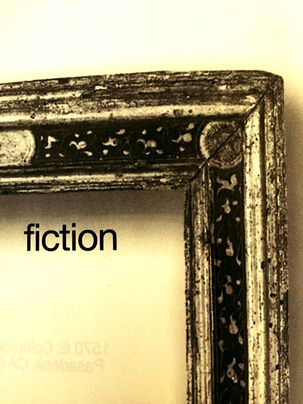 by Frank Turrisi (cont'd from PART I) Our staff review their favorite issues from the Inscape Archives, available at Shatford Library, Pasadena City College (click here) While “Leaving Home” tells a timeless story, but is perhaps inspired by the idea of the widespread displacement that permeated our society in 2008, “Terrorism” seems to be directly related to the wars the U.S. was immersed in at the time, and what proved to be the long-drawnout “War on Terror” of post 9/11 we’re still fighting today. This story is told through the eyes of a young boy whose village has just been bombed, and he is forced to maneuver the streets “full of dead bodies” and “soldiers sent by their officials to kill anyone in sight” just to get back home and find out if his family is still alive. His village is in a state of devastation that most Americans couldn’t begin to fathom, and though this is a fictional piece, the writer does well to give you the real sense that happenings like this are commonplace in the foreign lands like Afghanistan, Syria, and Iraq today. Even though there is no actual mention of where the story takes place, knowing what we know now in 2017, the boy’s depiction of the ruthless militia in “Terrorism” can’t help but stir up images of how extremist groups like ISIS emerged with the political destabilization that occurred when the U.S. overthrew the old Iraqi regime. In the boy’s terrifying journey to get back to his house, he asks himself questions that are only made more haunting by his lack of understanding of the world, “Why do the soldiers have to come and destroy everything?” He continues, “We haven’t done anything to anyone.” The young boy is finally able to make his way back home. The soldiers have torn the place apart looking to kill its residents, but instead only destroy all the belongings within. The boy is hopeful when he notices the camouflaged basement door. When the boy makes his way into the basement, he finds his family alive, mother, father, and sister. Yet, no sooner can they rejoice, than do the soldiers find them. One by one, the soldiers execute the boy’s family in front of him. First the sister, to make the parents’ suffer more, then the mother and father themselves. Lastly, our protagonist is also killed by the soldier’s plunge of the knife into his heart. “Terrorism” is effective in depicting the truths of war, and not succumbing to a happy ending for the reader’s sake. All you need to do is take a deeper look into the propaganda of ISIS, or read up on the slew of terrorist attacks and public executions that ISIS has executed worldwide, to know that Muyle’s ending is perhaps lending an eye to the future and the face we know as terrorism today. Muyle’s bleak ending sheds light on extremist groups like ISIS motive to completely wipe out their enemies, and how they are too willing to claim ownership of the Orlando, San Bernardino, and the recent Las Vegas attacks on our soil. It is the ideology of ISIS that the group hopes can spread to infiltrate the minds within free cultures worldwide. Today, we continue our elusive fight against terror, while terror continues to assume other forms and faces. It is difficult not to feel like the boy at the end of Muyle’s story, as he watches his entire family get killed and innocently wonders, “all this for one side to win a war?” If the intent of the 2008 Inscape Print Edition is to form an eclectic gallery show of the work on its pages, then it the issue’s award winners in the Non-Fiction and Fiction categories that give the show relevance in its time. There might be better examples of writing than “Terrorism” and “Leaving Home” even within this issue, but what makes these works award-winners, is honestly tackling the important issues of their day. Since the turn of the millennia, nothing has threatened our citizens more than the displacement from the U.S. Subprime Mortgage Crisis and the collapse of the economy it subsequently caused, or 9/11 and the wars against terrorism we have waged in its wake. I encourage anybody to stop by Shatford Library and examine PCC’s Inscape collection, and examine how the publication has reflected the current social concerns of society of since the 1950’s (formerly Pipes of Pan) for themselves. by Jennifer de Ita National Geographic’s documentary, Jane is set to release today at selected theaters. Jane, accounts the early field work of British primatologist Dr. Jane Goodall and her crucial behavioral work with wild chimpanzees. Director, Brett Morgan, masterfully weaves the unseen retrospective 16mm 1962 expedition footage with press clips, scientific data and modern-day video clips of Goodall’s personal inflections. The score of music composer Philip Glass, powerfully embodies the tranquil, intensive and tragic occurrences of nature which are recorded by Nat-Geo wildlife photographer Hugo Van Lawick. Lawick’s camera ingenuity captures the lush landscape of Tanzania, Gombe National Park but his long shots and close composition of Goodall reveal his emerging enthrallment with the pioneering researcher. While attending the October 9, 2017, Hollywood Bowl premier, the crowd amassed nearly 17,000 people, including several Hollywood stars such as Angelina Jolie, Jamie Lee Curtis and Judd Apatow. However, despite the star-studded audience and the bustling central location, the outdoor venue besuited Goodall’s lifelong work of mending mankind’s estranged relationship with nature. Goodall took center stage and expressed how she was initially reluctance to participate, in “yet another variation of my story”. However, she concluded that preserving and advocating ecological protections is a constant tug of war. At the end of the night, the youthful and bold depiction of Jane Goodall reminds us to chase our wildest dreams, regardless of any naysayers. In her final thoughts to the audience, Goodall implored, “Right now the world is such a mess and we are living in very dangerous times and time is running out, Climate change, population growth, poverty, unsustainable lifestyles using up natural resources faster than mother nature can replenish them, and I think this documentary shows how things should be and will give people an added push to fight harder to save what's left." Photos by Jennifer de Ita
|
IMPORTANT NOTE:
PCC Inscape Magazine, housed at Pasadena City College, is following Coronavirus protocols. At this time our staff continues to read submissions and publish web content. Note:
Blog Posts reflect the opinions of the writer and not the opinions of Pasadena City College or Inscape Magazine Editorial Staff Members. Archives
December 2023
Categories
All
|


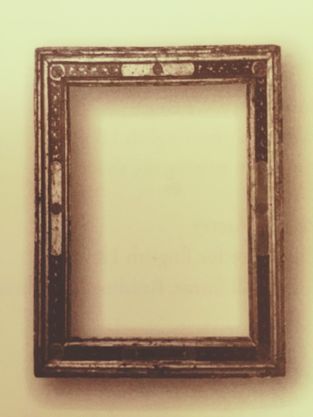
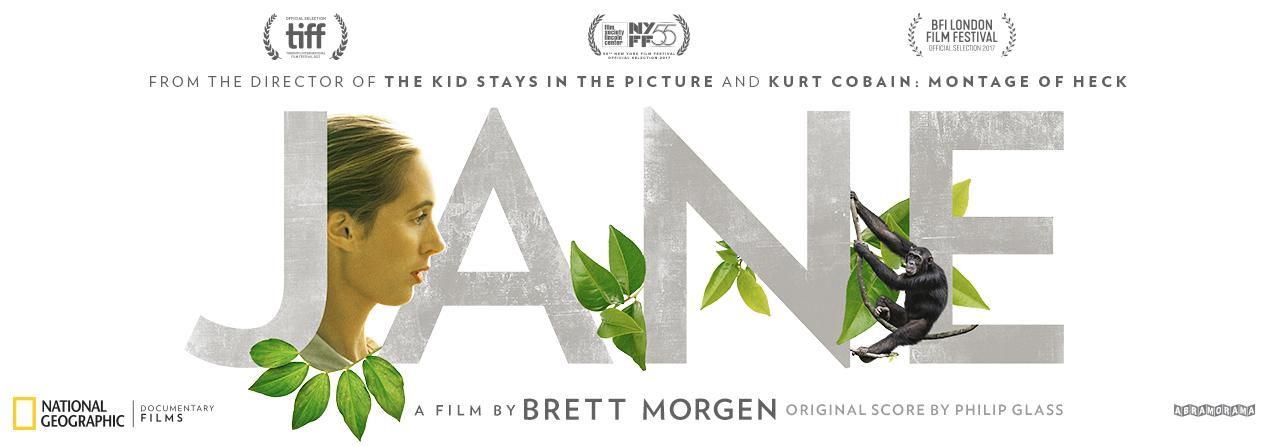
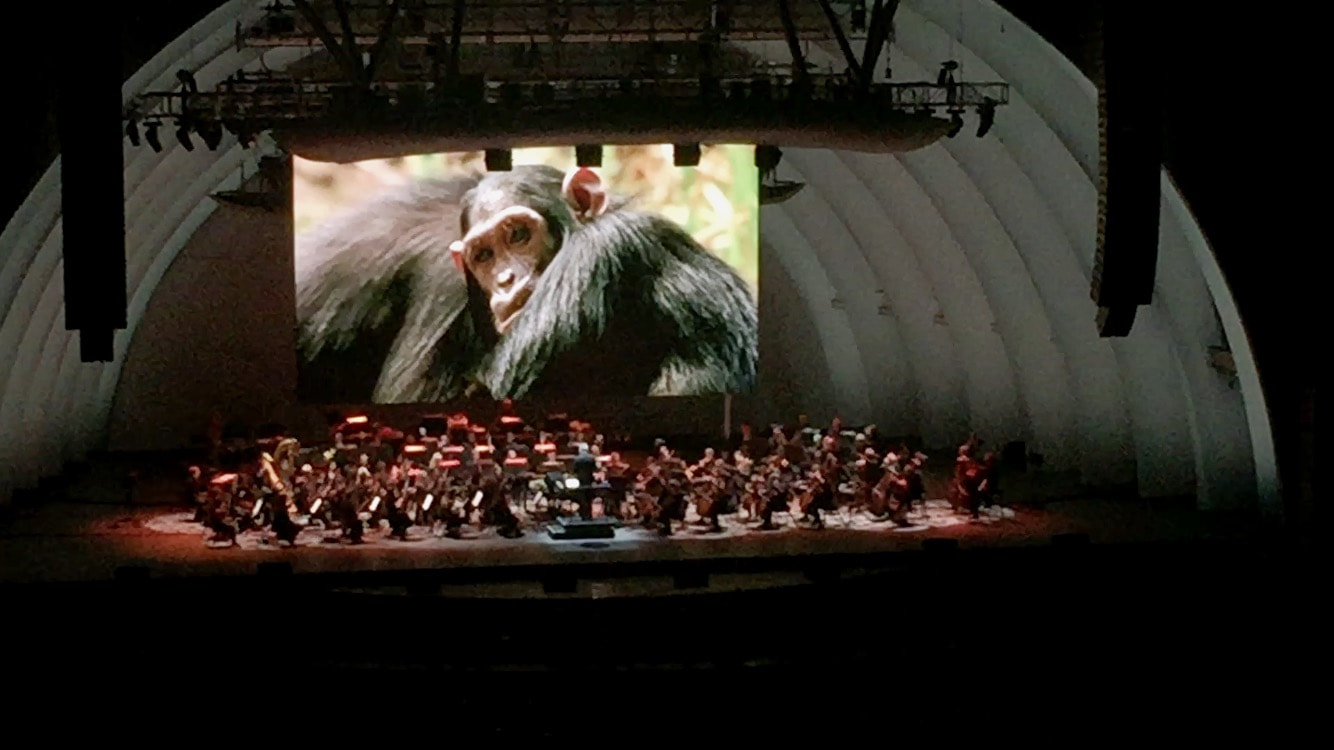
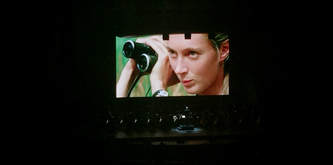
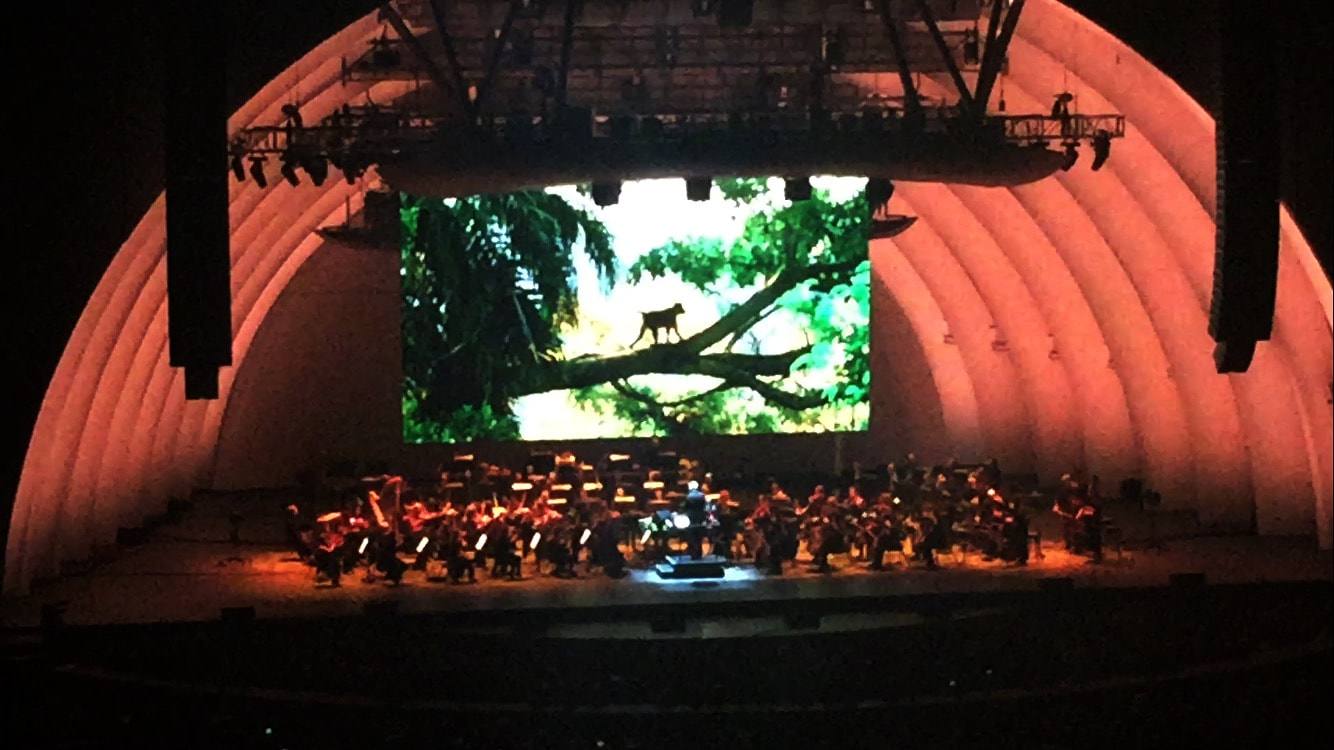

 RSS Feed
RSS Feed